4 Ways a University Video Solution Empowers Students With Disabilities

There’s simply no excuse for universities not providing easily accessible technology to help students with disabilities learn and thrive academically. However, the U.S. Department of Education reports only 17 percent of disabled college students make use of classroom learning accommodations, perhaps because they feel discouraged from doing so. This doesn’t have to be the case. Tools for creating a more fair, equitable and fulfilling learning space for all are readily available, and video is one of them. Here are four ways a university video solution can help level the playing field and make classes, lectures and campus-wide events accessible for students with disabilities.
[bctt tweet="Here are 4 ways a university video solution empowers students with disabilities."]
Video Playback Empowers Students to Learn at Their Own Pace
For students with dyslexia, dysgraphia or other related learning disabilities, keeping up with an instructor’s pace can be overwhelming. Without access to technology that makes it easy to review course materials outside of class, these students can risk falling behind their peers. Lecture capture and playback allow students to re-watch lectures, pause to take notes or revisit specific topics and hone in on confusing concepts at a slower speed.
Instructors can also provide students with supplemental video resources for self-guided learning. With screen and audio capture, instructors can record screen movements as they verbally guide students through class PowerPoints, presentations and more. Recorded review sessions like these provide additional organization, structure and depth for students with attention disorders like ADHD, who may otherwise struggle to connect the dots between key concepts.
Closed Captioning and Audio Solutions Empower Hearing- and Visually-impaired Learners
All universities should implement a university video solution equipped with closed captioning. Closed captions allow students who are deaf or hearing-impaired to read along with instructor-led lectures, course videos or live streams.
Instructors can manually create closed captions or seek a university video solution with automatic closed captioning. They can then use a closed caption editor to increase the accuracy of automatic captions to ensure students are receiving the right information from the video.
Interactive transcript is another feature that enables hearing-impaired learners to further engage with video content. Users can search within a video and navigate to an exact moment by simply clicking on the word they’re seeking. Students who prefer to opt-out of video entirely can download a full-length transcript and read the lecture with a screen reader or on their own in their preferred language. This is a great way to increase the accessibility of your videos and broaden your audience reach.
To ensure content is accessible to blind or visually-impaired learners, instructors can use audio capture to record themselves reading over lecture slides, study guides, course rubrics and other course materials. Additionally, audio description––sometimes called video description, described video or visual description––can provide supplemental narration for blind and visually-impaired students of visual media like television and film, dance, opera and visual arts.
Seek a university video solution with superior-quality sound during video playback so visually-impaired learners can listen to and digest audio recordings and descriptions from anywhere, on any device.
Live Streaming Guarantees Real-Time Access to Lectures and Other School Events
Students who are injured, physically impaired, struggling with chronic illness or unable to attend lectures for any other physical or mental health-related reason shouldn’t have to fall behind in their courses just because they can’t be in the classroom.
A dynamic university video solution will offer live streaming functionality that records and broadcasts in real-time to any webpage, LMS, blog or portal for students to watch remotely. Instructors and faculty can automatically live stream lectures through classroom-installed video hardware, and remote students can follow along without having to catch up on old lectures after the fact or ask other students for class notes.
Students can also view live streams of other campus-wide events, like school pep rallies, guest speakers, sporting events, concerts and more in order to stay connected to campus life even when they can’t be physically present.
Ready to see how Ensemble’s university video solution can empower your students?
Ensemble Video is dedicated to providing the technology resources necessary to make learning accessible for all students. From innovative lecture capture, to the most comprehensive closed-captioning options available, we’re here to help your students excel. Contact us or schedule a demo today.

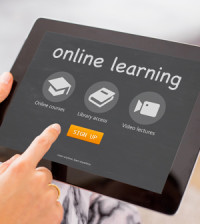


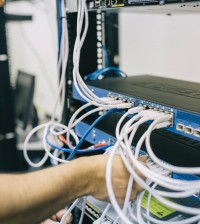

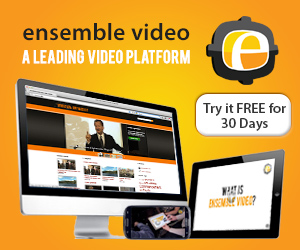
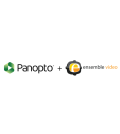
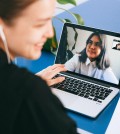
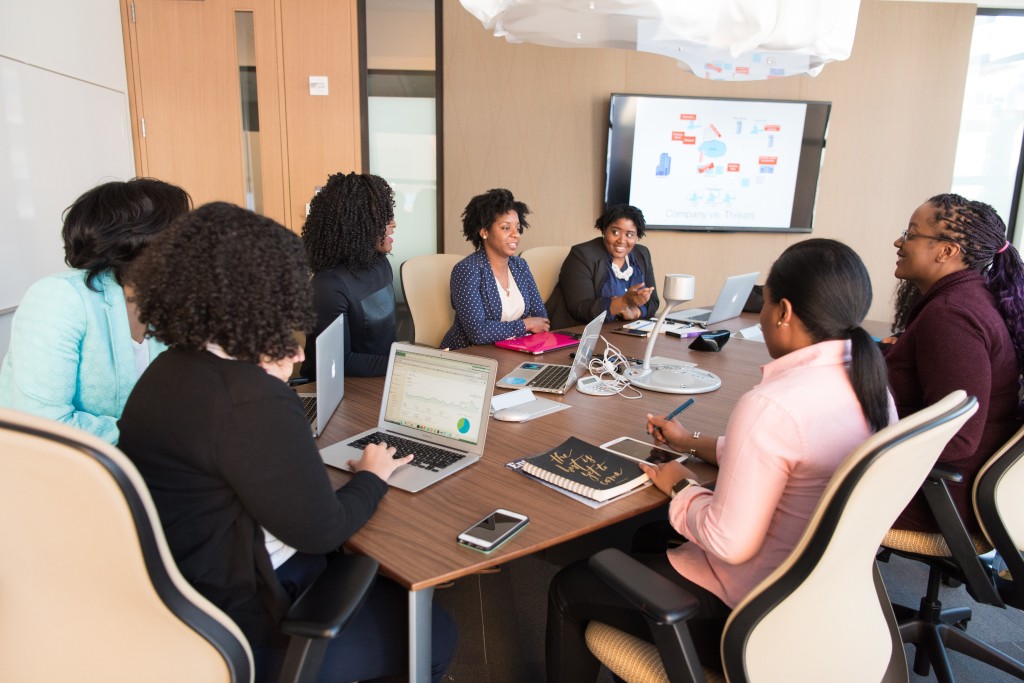
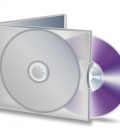

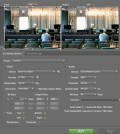
You must be logged in to post a comment Login